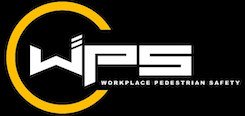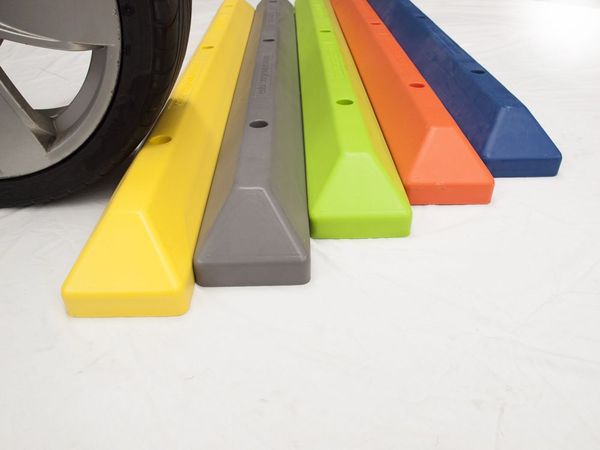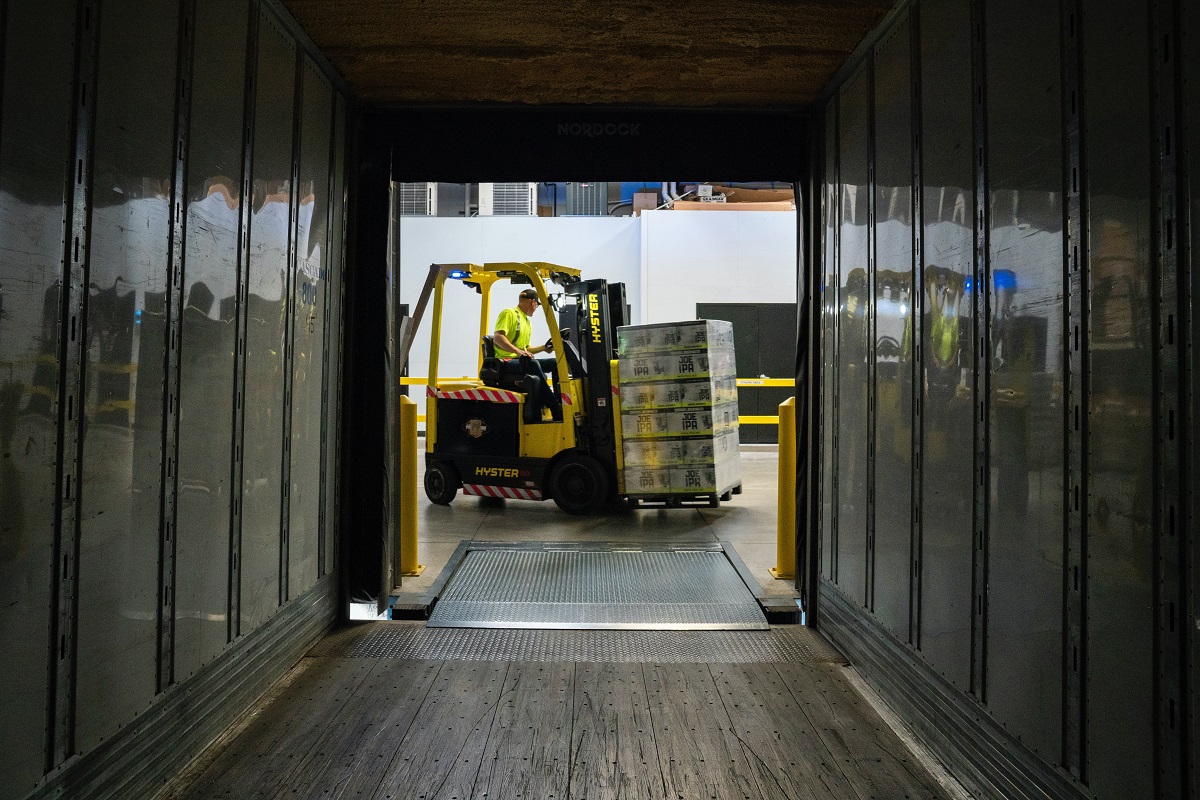There are a lot of elements to consider when designing a car park, from the entry and exit, road and lot marketing, automation systems, vehicle and pedestrian safety considerations, even industrial safety barriers.
In architecture circles they say that designing a car park is a thankless task, since the number of cars you seek to fit will always be at odds with the efficiency of the design and safety requirements. Getting it right is difficult, though not impossible.
Thankfully, some decisions are easier than others, such as deciding between wheel stops and bollards. In this blog we will explain how to choose between these two important safety features.
Overview of Wheel Stops and Bollards
At first glance, wheel stops, and bollards have a similar function: that of stopping vehicles in their tracks. However, they’re used for very different reasons, so it’s important to know which one is best.
Wheel stops look a lot like speed bumps but have a higher vertical edge. Wheel stops are placed horizontally on the ground and provide just enough resistance to tires to alert drivers that they’ve gone too far. Wheel stops are typically used to stop a vehicle encroaching into another area of your car park, such as another lot space, or moving traffic. That said, they’re still low enough to be driven over if necessary, much like a speed bump.
In contrast, bollards stand upright and tend to look like fire hydrants. Bollards are made from sturdy materials and provide a highly visible as well as a rugged physical barrier against vehicle entry, since they are usually placed close enough together that they can neither be driven around, nor driven over.
So now that we know what wheel stops and bollards are, how do we decide which ones to use in our car park and where?
Using Wheel Stops in Car Parks
Wheel stops are a vital component of every car park, although you don’t always see them where you should.
Wheel stops are typically made from tough concrete or rubber and are frequently used to demarcate car spaces. Wheel stops must be brightly colour contrasting so that they’re easy to see and some reflective features may also need to be added if your parking lot is dimly lit. Additionally, handicap wheel stops will need to be appropriately coloured according to Australian safety standards.
Wheel stops should go before the end point of each parking lot, with adequate space between the wheel stop and the next lot. This is especially important when car spaces are facing one another, such as in tightly packed large-scale car parks. Adequate space should run between the wheel stops at the end of each car space, as per Australian standards, in order to reduce accidents when a car does accidentally encroach over the boundary.
Wheel stops let drivers know when they’ve reached the end of the car space and help them avoid collisions. They increase the efficiency and safety of your car park, although they don’t provide a complete defence against crashes.
Using Bollards in Car Parks
Where safety is of the highest importance, you need bollards. Bollards provide a formidable barrier against unwanted encroachment and crashes, because they are built to stop rather than just deter vehicles.
Bollards can be used to serve as lot markers, or ensure a space is not used incorrectly. For example, some bollards are also used as signposts for handicap parking. In other cases, they will be placed in the middle of a car space that is reserved for other purposes.
Bollards can be temporary or permanent and custom bollards come in a wide range of sizes and shapes, ranging from traditional posts to large square structures. Whatever level of crash protection you require can be offered by bollards.
Within car parks, bollards should be used to deter traffic away from entry points, mechanical equipment, pedestrian areas, buildings and so on. In doing so, bollards can save you a huge amount of money by protecting the vital features of your business.
It’s Time To Protect Your Business
Contact Workplace Pedestrian Safety today to install bollards and wheel stops in your car park for the highest level of safety.





